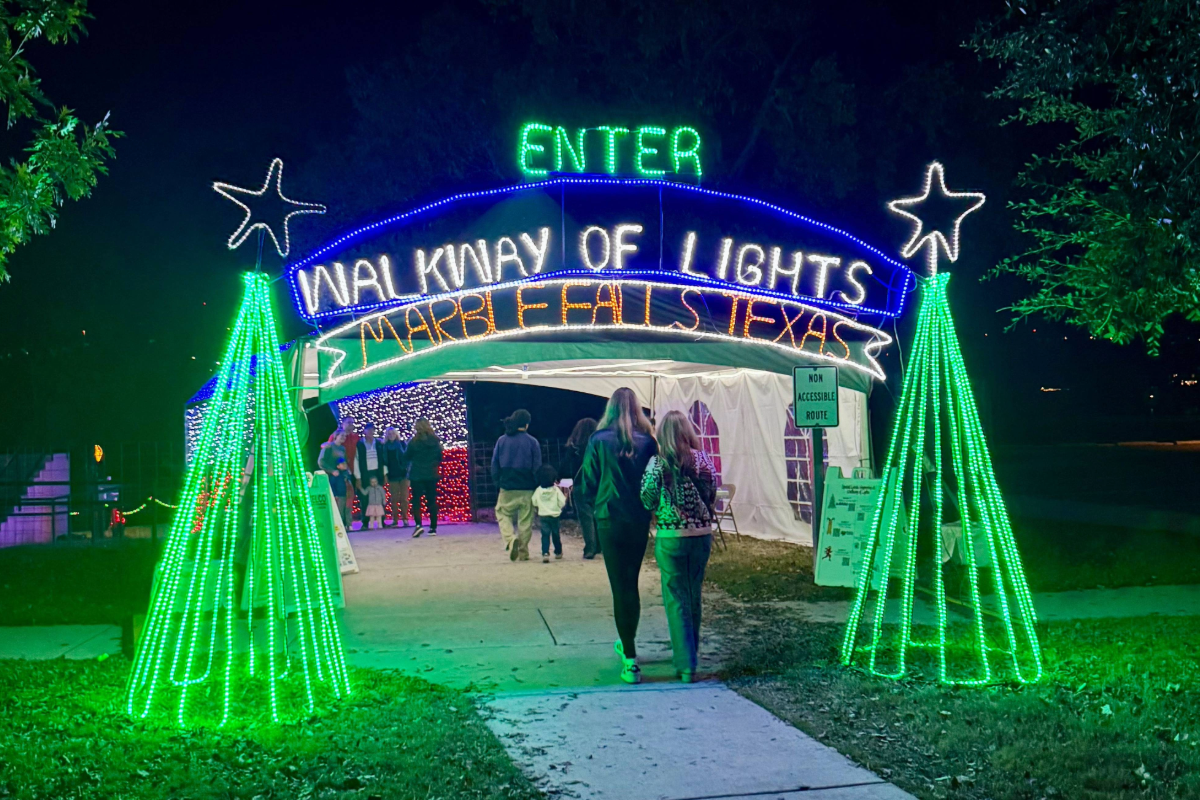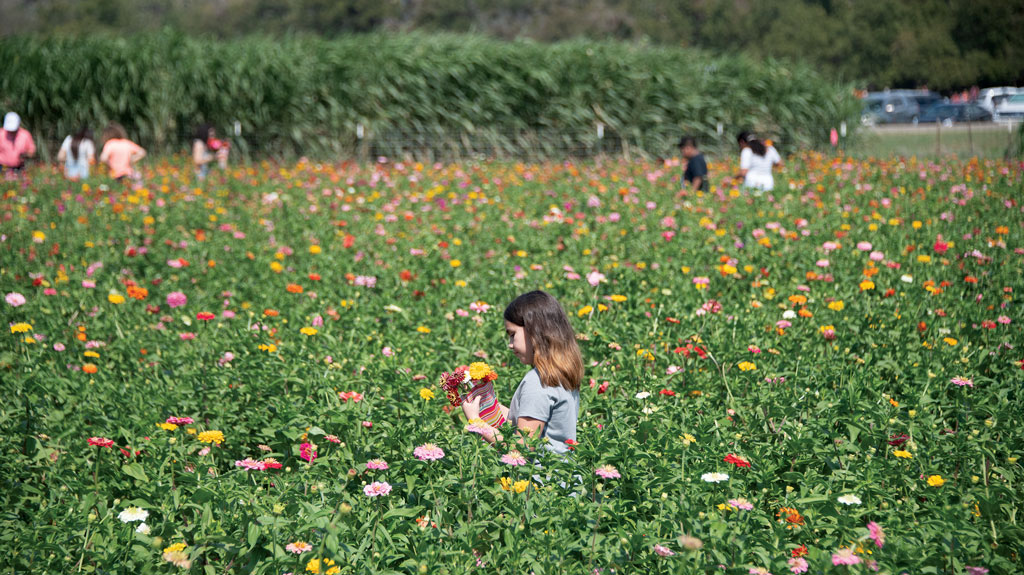
The black-eyed Susan (left) and Sweet William have been together for centuries. If you would like these companion plants in your garden, now is the time to sow their seeds.
Black-eyed Susan (Rudbeckia hirta) and Sweet William (Dianthus barbatus) are an example of companion planting, and according to legend, they have been so for hundreds of years.
The legend began with an old English poem written by John Gay: “All in the downs the fleet was moored, banners waving in the wind. When Black-eyed Susan came aboard and eyed the burly men. ‘Tell me ye sailors, tell me true, if my Sweet William sails with you.’” (Wildflower.org)
Wildflower romance. Note that these two species are both biennials, bloom at exactly the same time, and look lovely together. Susan has found her William.
We are so fortunate to enjoy the wondrous beauty of wildflowers. People then and now have used wildflowers for many purposes. For example: jewelweed (Impatiens capensis) for poison ivy or Echinacea (Echinacea purpurea) for colds. Today, flowering plants provide almost 25 percent of the basic ingredients for our modern drugs.
For our today, let’s PLANT!
First, do you have an idea in your head of where you would like your wildflowers to grow? Have you put it down on paper? Do the wildflowers you’ve chosen prefer lots of sun, a bit of sun, or shade? Have you considered which pollinators will be attracted to the flowers you want in your garden or field?
Susan Carper Hanson of Texas State University in San Marcos recommends these plants to attract bees:
• False dayflower — annual, 1-3 feet, grass-like leaves emerging in fall and growing rapidly in early spring, blooming mid-spring, flowers made up of two large lavender-blue petals and one small white petal, part shade.
• Texas Baby Blue-Eyes — upright to straggling annual, 6-12 inches high, large pale blue flowers in early spring, part shade.
• Horsemint — aromatic annual, 1-2 feet, lavender to pink whorled flower heads, blooms May-July, sun to part shade, sandy loam to rocky soil, low water use.
• Blue mistflower — grows to 3 feet high but often lower, short-stemmed clusters of blue flowers July-November, sun to part shade, medium water use.
• Sunflower goldeneye — Much-branched bushy plant to 6 feet, tends to grow in colonies, daisy-like yellow flowers in the fall, extremely drought-tolerant, sun to part shade, larval host to butterflies.
Goldenrod — perennial, 3-6 feet, sun to part shade, showy gold flowers in the fall.
Texas Parks and Wildlife Department concurs with the Native Plant Society (they both had similar plants on their lists ) for butterfly gardens.
Some suggested nectar plants: purple coneflower; Gregg’s mistflower; white mistflower; Indian blanket; gayfeather; frostweed; goldeneye daisy; Texas kidneywood; horsemint; elbowbush; Turk’s cap; phlox; Texas lantana; and bee brush.
The TPWD also suggests not to forget the nursery.
Many plants serve as larval food for butterflies.
Here are a few:
• For monarchs — milkweed
(Did you know there are more than 100 species of milkweed and 30 are native to Texas?)
• Fritillaries — passion vines
• Black swallowtail — parsley
• Giant swallowtail — anything citrus
• Pipevine swallowtail — pipevine
• Hackberry emperor — hackberry
These are by no means your only options. We would highly recommend the book “Wildflowers of the Texas Hill Country” by Marshall Enquist for identification and detail. It has lots of photos, too. Our copies are very used. (Thank you, Jerry Stacy of Horseshoe Bay.)
Second, now that you have a plan, let’s get planting!
Fall planting of wildflowers makes sense for several reasons. We are mimicking the plants’ natural cycles. We enjoy the beautiful blooms then they expire and drop their seeds. That’s what we are doing. Also, we have a wider timeframe in which to work, so we enjoy the “cooler,” moister weather and can take our time.
In Central Texas, estimating when the last frost will be is a throw of the dice. We have indicators for next year, but, in the fall, we know. Generally, wildflowers prefer six or more hours of sunlight. We said “generally.”
Third, to sow your seeds, DO NOT bury the seed. Remember, we are mimicking what nature does.
If you are planting a small area, you can sow by hand. Simply place the seed on the ground and gently press with your thumb. For larger areas, broadcast by hand. You can place a board down over your seeds and walk on it. Or, you can simply walk over your seeds to gently press them into the ground. However, make sure you have a smooth sole on your shoes so you are not picking up your seeds in the ridges. Made that mistake already for y’all.
If the seeds are really small or light, you can blend them with sand for a more even distribution. You can also make seed bombs with paper, clay, or kitty litter. These are fun, especially if you have helpers.
Gentle reminders: Do NOT throw corn-gluten (or any type of broad leaf pre-emptive, preventive) where you plan to plant wildflowers. Do NOT use fertilizer on your bluebonnets.
Enjoy!
Keep your souls and soles in your garden!
Remember the True Master Gardener: Jesus said, “I am the vine; my Father is the Gardener.” John 15:1
Contact Bill Luedecke at The Luedecke Group Realtors at (512) 577-1463 or email him at bill@texasland.net. Contact Martelle Luedecke at (512) 769-3179 or luedeckephotography@gmail.com.











